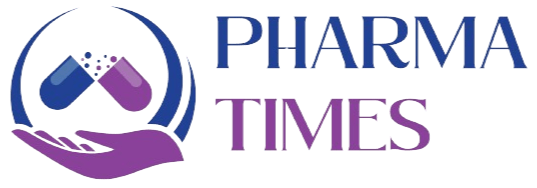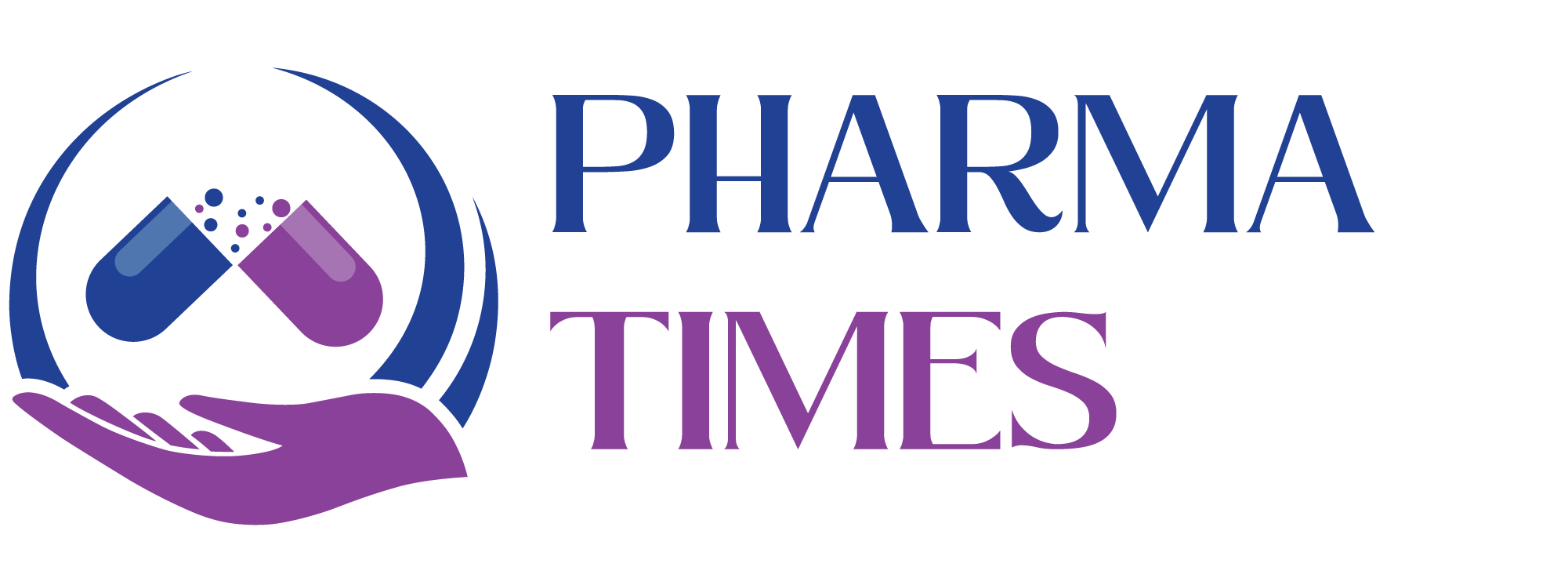Drug Product Recall in Pharmaceutical industry
Pharmaceutical products are recalled when there is a need to address issues related to quality, safety, and efficacy and recall is not a smaller term, in this article, we are going to learn about why products are recalled i.e. what are the product-related issues, and their impact on the patients taking that product and types of recall.
Definition:
Recall: The process of removing or correcting a product that is in violation of laws or regulations or poses a safety risk to consumers.
Types of Recall: There are three types of product recall which include Class -I, Class II, and Class III these are classified based on the severity of the product-related issue.
Class I recall: When the Product under question causes probable – severe health defects or death. This class I recall is done up to the consumer level
Class II recall: Initiated when exposure to a defective product causes transient health consequences. This recall is done up to wholesale and retail level
Class III recall is done when product under question not likely to cause health concerns. This recall is done up to wholesale level.
Procedures for Recall: A product will be withdrawn from the market, when there is a considerable issue with the quality and the recall can be Voluntary Recall or Statutory Recall.
A voluntary recall is done when the batch does not comply with regulatory requirements or batch found defective, post marketing surveillance data shows safety risk or failure of investigation which impacts the product quality.
A statutory recall means recalls by the drug regulatory authorities when the drug product or batch is in violation of laws, Product, violation Rule 106, or when there is quality issue identified by law, or to recall banned drugs.
Levels of Recall: A Recall can be at consumer level or retail level or at wholesale level as we have already learned about it the above paragraph.
Timelines for Recall
Class I – 24 hours to 72 hours
Class II – 10 days
Class III – 30 days

